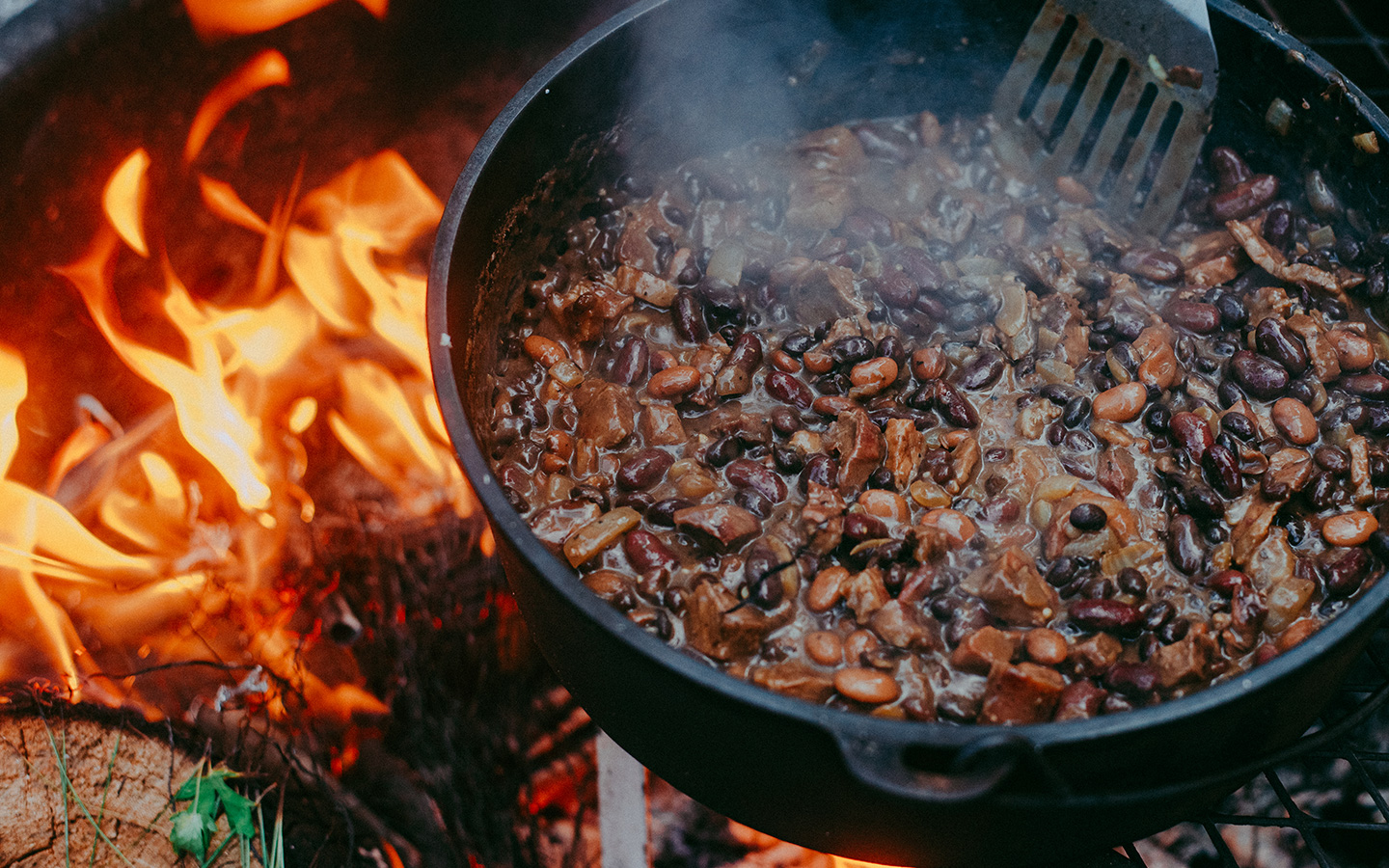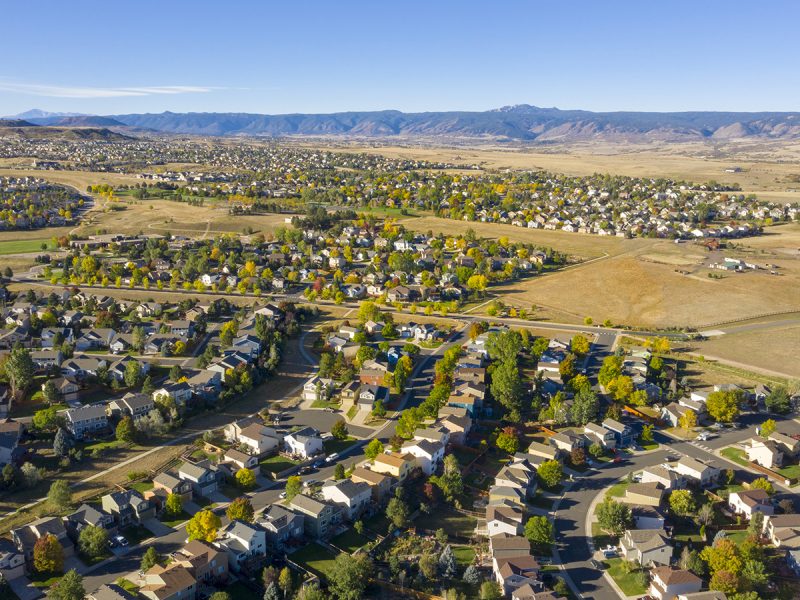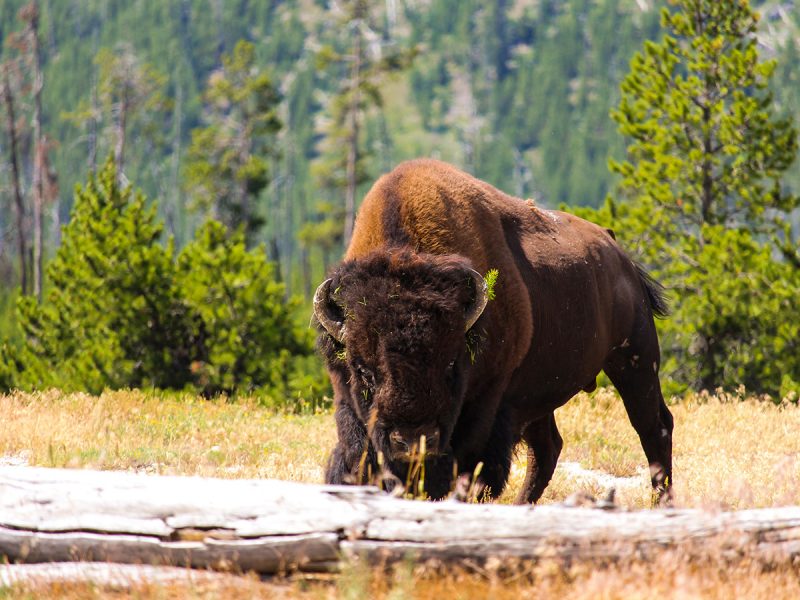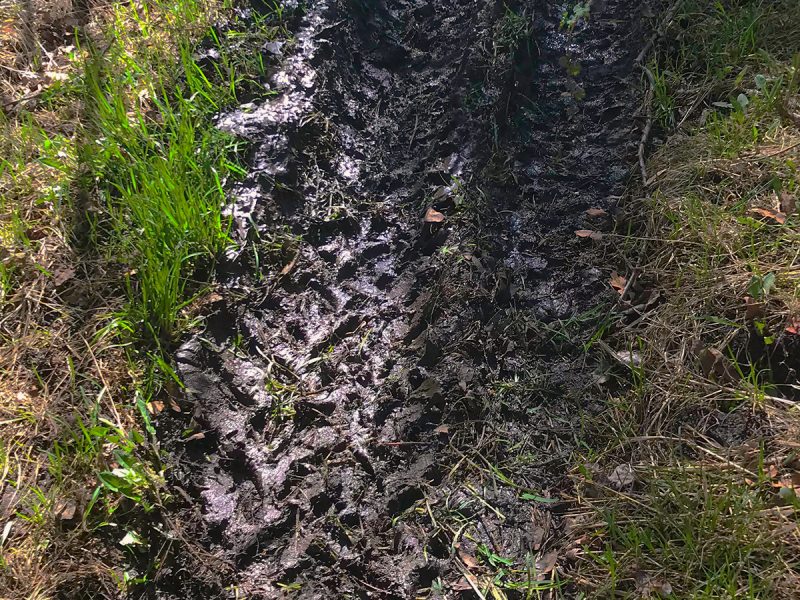London comes to Cow Camp – Dutch Oven Baked Beans
A few years back we had two British guys out to ride the range with us. One was the founder and CEO of some of the most successful steakhouses in London; the other, his Michelin Star executive chef. With them was Mark, author and steak lover, who had visited us a few years before. The two Brits wanted to try out Alderspring, and Mark convinced them that the best way to eat our steaks was in cow camp.
So they came, all the way from London. I think they were a little out of their element, camping up on 70 square miles of mountain country with our herd of cattle, our horses, and us. On the drive up over rock-strewn ATV tracks cushioned only by the uncompromising seat of our beater suburban, the chef took a moment between jolts to ask in a proper British accent, “Glenn, how much longer until we reach your camp?”
“Oh,” was the answer, “Maybe another hour or two.”
“Glenn?” the British accent sounded a little worried. “I recently watched a bear movie. Have you seen…The Revenant?”
And it was, made even longer by downed trees that Glenn had to clear out with a chainsaw, and four dubious creek crossings.
Once they arrived in camp as evening was coming on, Glenn couldn’t resist adding a couple more logs to the fire: “Gotta keep camp pretty clean,” he warned them, “Or the bears will come.”
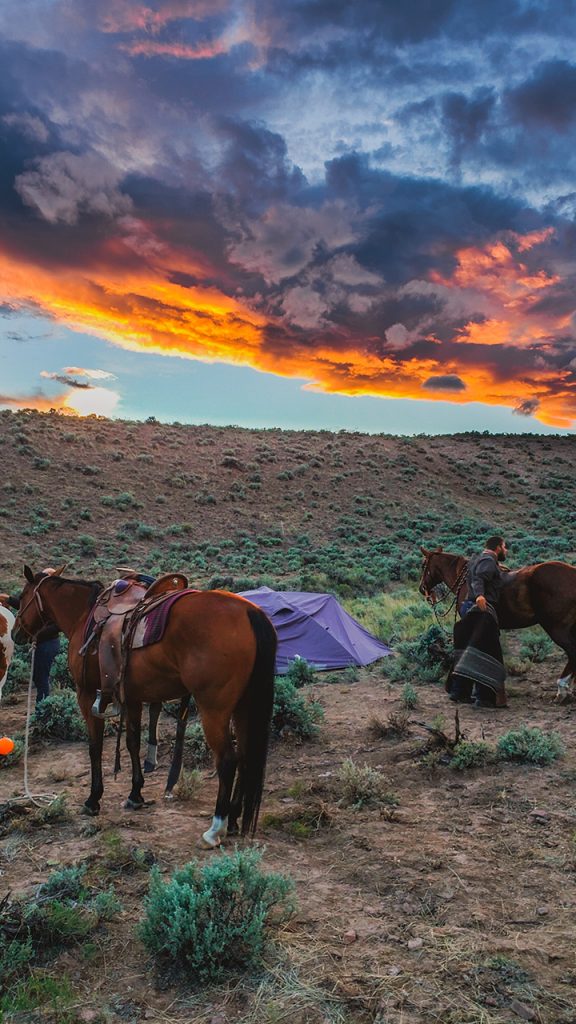
“Glenn?” the British accent sounded a little worried. “I recently watched a bear movie. Have you seen…The Revenant?”
No, but Glenn had heard of it. Trapper Hugh Glass gets brutally mauled by a bear, crawls two hundred miles to a doctor. Barely survives.
“Just keep camp clean.” Glenn said ominously, and left it at that.
Michelin Star chef and Steakhouse CEO stood silently, perhaps pondering the likelihood of becoming steak themselves.
Still, they took quickly to the peace and quiet of camp, so different from London, and were quite at home by the time the herding crew rolled in with the cattle that evening. We cooked dinner by the light of a kerosene lantern and the Milky Way. Beside some ribeye steaks on the grill, the main side dish was our Dutch oven baked beans. Author Mark said his mouth had been watering for Alderspring baked beans in the years since his last night on the range, and he’d settle for nothing less for his British friends. Still, it was a little intimidating to be cooking typical Alderspring cow camp grub beneath the watchful eyes of a Michelin star chef.
We were glad that they happily brought their own significant quantity of libations.
In the end, we could only hope they liked the meal. All we know for sure is that the bean pan was scraped clean at the end of the night. And those steaks were gone. Maybe they enjoyed cow camp fare.
Or maybe they just wanted to make sure there weren’t any leftovers for the bears.
Cow Camp Dutch Oven Baked Beans
Time: 1 hr 30 minutes
Serves: About 10-12 people
All the ingredients in these beans can be made ahead of time separately in a cast iron pan on a stovetop, then added to a Dutch oven. Also, grilling the steak over charcoal is important—it brings a lovely slightly smoky element to the beans.
Ingredients
- 1 pound of pasture-raised bacon
- 1 lb grass fed beef steak (most lower-end steak cuts work great: sirloin tip, London broil, skirt steak, flank, etc)
- 1 teaspoon salt for steak
- 1 teaspoon pepper for steak
- 2 medium-sized onions
- 3 cloves garlic
- 2 15 oz cans of black beans
- 4 15 oz cans of pinto beans (if you prefer some beans over others, feel free to use your preference, just have 6 cans of beans total)
- 1 medium-sized vine tomato (preferably garden-grown)
- ½ cup blackstrap molasses
- 3 tablespoons wild honey or real maple syrup
- 1 teaspoon salt
- 1 teaspoon pepper
- 2 teaspoons rubbed sage
- 1-2 teaspoons chili powder (depends how spicy you like it)
- 2 teaspoons cumin
- 1 teaspoon paprika
Instructions
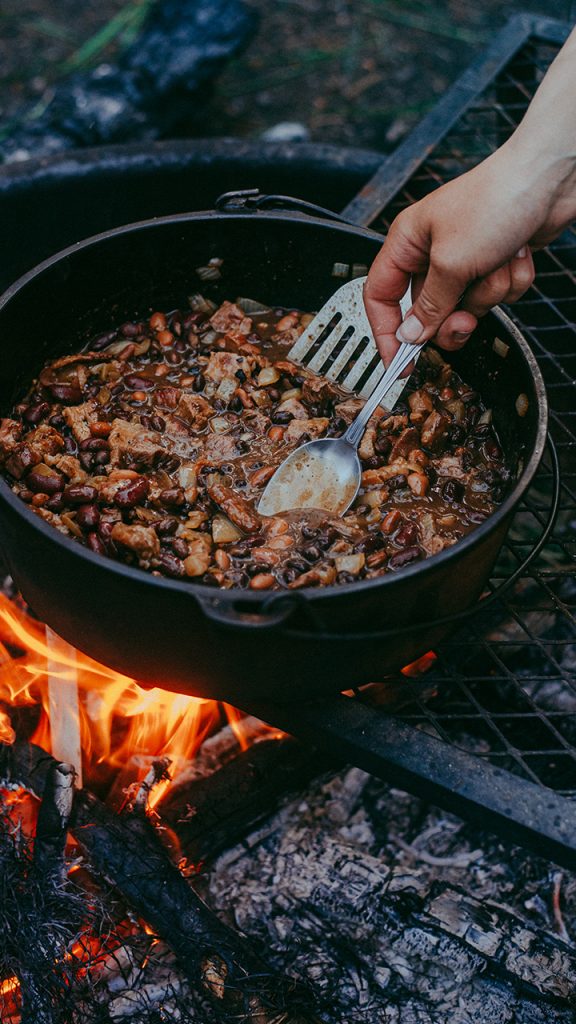
- Light a fire and add some coals, or start your coals in a charcoal chimney (if you use a chimney, you may have to heat up new coals several times throughout cooking).
- Once the coals are mostly grayish colored and glowing, place about fifteen to twenty coals in a one-foot square area, preferably on gravel or bare dirt. You’ll need a lot of coals to start, since you want this to be pretty hot. You can also pick a quiet part of the fire and put your Dutch oven right over that.
- Place a grilling grate over the fire as well, or just light a grill. This is to cook your steak on.
- Place the Dutch oven over the hot coals. Add the strips of bacon. As the Dutch oven begins to heat up, the bacon will start to sizzle and create its own grease to fry in.
- As the bacon cooks, season the steak with salt and pepper, then place on the grill as the bacon continues to cook. Cook the steak, flipping occasionally, until it reaches medium rare, but is browned well on the outside.
- Meanwhile, cook the bacon until it’s crispy and browned, and as everything is cooking chop the onions and garlic (but keep the two from mixing). Remove the bacon and set aside on a plate for now.
- Add the chopped onions to the bacon grease and fry, stirring occasionally, until golden brown. When almost done, add the minced garlic and fry until garlic is brown as well.
- Chop up the bacon, then add that to the onions. If the steak is done by now, remove from heat and allow to rest for a few minutes before chopping into ½ inch chunks and adding to the Dutch oven.
- Open the cans of beans. Drain all of them except one, then add all the beans to the Dutch oven, including the juice from the undrained can.
- Chop up the tomato and add it to the mix.
- Finally, add the molasses, honey, and all the seasonings. Stir it all together.
- By now your first set of coals may be cooling off, so you’ll need to pull more from the fire to place beneath the Dutch oven, or heat more in a charcoal chimney. You want your beans to be bubbling lightly, but not boiling hard or that’s a sign they’ll be burning on the bottom. It’s a balancing act of adjusting your heat as you go.
- Put the lid on the Dutch oven once all ingredients have been added. Put another 10 or so coals on top, evenly spaced over the lid.
- Allow to cook for about 15 minutes before removing the lid and checking. It should be bubbling, but not too hard. Stir with a spoon or spatula to prevent the bottom from sticking, then place the lid back on. You’ll have to continue to monitor the temperature of your coals during cooking—if they begin to cool, add more coals to both the bottom and the top.
- Continue to cook for about 45 minutes, replacing coals as needed. The beans should be gently bubbling all of this time. If you notice them getting cold, add more coals. You’ll also want to remove the lid to stir every 5 or so minutes.
- Once you seem to be getting close, stop adding coals and allow the coals to cool and the beans to slowly simmer for about 15 more minutes as the coals cool.
- Remove entirely from the coals and serve!
All photos by Melanie Elzinga


